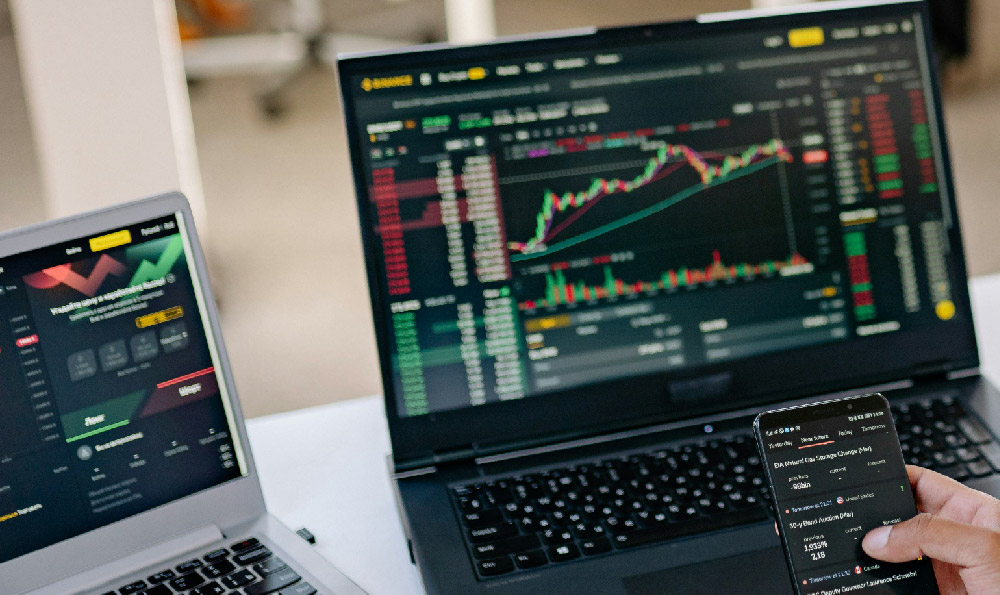
Non-custodial trade handlers have emerged as a fascinating and somewhat contentious development within the decentralized finance (DeFi) landscape. The core promise is enticing: retain complete control of your assets while leveraging sophisticated trading strategies executed by automated systems. However, this perceived utopia of autonomy also introduces a unique set of challenges and risks that need careful consideration. Understanding the nuances of non-custodial trading platforms, and in this case, the specific example of Keepbit, is crucial for any investor contemplating their use.
The allure of non-custodial solutions stems from the inherent desire to avoid the pitfalls associated with centralized exchanges. Custodial exchanges, like Binance or Coinbase, require users to deposit their funds, relinquishing control to the platform. While convenient, this introduces counterparty risk. The exchange could be hacked, mismanaged, or even subject to regulatory action that freezes assets. Non-custodial platforms aim to eliminate this risk by allowing users to connect their own wallets directly to the trading interface. This way, assets remain in the user's possession throughout the entire trading process, only being accessed by the trading protocol when a trade is executed according to pre-defined parameters.
However, this seemingly simple shift in ownership brings a complex web of considerations. One of the most significant concerns revolves around smart contract security. Non-custodial trading platforms rely heavily on smart contracts to automate the trading process. These contracts must be impeccably coded and rigorously audited to prevent vulnerabilities. A flaw in the code could be exploited by malicious actors, potentially leading to the loss of funds even though the assets technically remain in the user's wallet. The DeFi space is littered with examples of exploits targeting vulnerable smart contracts, underscoring the critical importance of security audits and continuous monitoring.

Another factor to consider is the level of decentralization. While the platform itself might be non-custodial, the underlying infrastructure or specific trading algorithms could still be reliant on centralized components. This introduces a potential point of failure or censorship. Ideally, a truly decentralized non-custodial trading platform should operate on a fully transparent and verifiable system, allowing users to audit the code and confirm the integrity of the trading process.
Gas fees, particularly on networks like Ethereum, can also present a significant barrier. Each transaction, including placing orders, canceling orders, and executing trades, requires gas to be paid. These fees can quickly erode profits, especially for smaller trades or strategies that involve frequent transactions. Layer-2 scaling solutions and alternative blockchains offer potential solutions to this problem, but their adoption and integration within non-custodial trading platforms are still evolving.
The complexity of using these platforms can also be a hurdle for less experienced users. Understanding how to connect a wallet, configure trading parameters, and interpret market data requires a certain level of technical proficiency. Poor user interfaces and inadequate documentation can further exacerbate this issue, making it difficult for newcomers to navigate the platform safely and effectively.
Now, focusing on Keepbit, it is imperative to analyze it in the context of the aforementioned concerns. Keepbit, like other non-custodial trade handlers, aims to provide users with a way to trade cryptocurrencies without relinquishing control of their private keys. Typically, such platforms offer a range of features including automated trading bots, portfolio management tools, and access to various DeFi protocols.
To properly assess Keepbit, several key questions need to be answered. Firstly, what security measures have been implemented to protect user funds? Has the smart contract code been audited by reputable third-party firms? What is the protocol for handling potential bugs or vulnerabilities? A transparent and well-documented security roadmap is crucial.
Secondly, what is the level of decentralization of the platform? Are there any centralized components that could compromise the security or censorship resistance? Examining the platform's architecture and governance model is essential.
Thirdly, what are the gas fees associated with using Keepbit? How does it compare to other non-custodial trading platforms and centralized exchanges? Users need to be aware of the potential costs involved before committing their funds.
Fourthly, how user-friendly is the platform? Is the interface intuitive and easy to navigate? Does the platform provide adequate educational resources and support for users of all skill levels?
Finally, and perhaps most importantly, what is the track record of the platform? Has it been tested extensively under various market conditions? What are the documented success rates of the trading strategies offered? User testimonials and independent reviews can provide valuable insights.
In conclusion, non-custodial trade handlers like Keepbit represent a compelling alternative to centralized exchanges, offering greater control and autonomy over assets. However, they also introduce a new set of risks and challenges that need careful consideration. Smart contract security, decentralization, gas fees, and user experience are all critical factors to evaluate. Thorough due diligence is essential before entrusting any platform with your funds. Investing in DeFi and using non-custodial trading platforms requires a significant amount of personal responsibility and informed decision-making. It's not simply a matter of choosing "necessity or risk," but rather, understanding the risks involved and taking the necessary precautions to mitigate them. For Keepbit specifically, prospective users must delve into the platform's security audits, decentralization claims, fee structure, user interface, and historical performance data to make an informed decision about its suitability for their investment goals.





